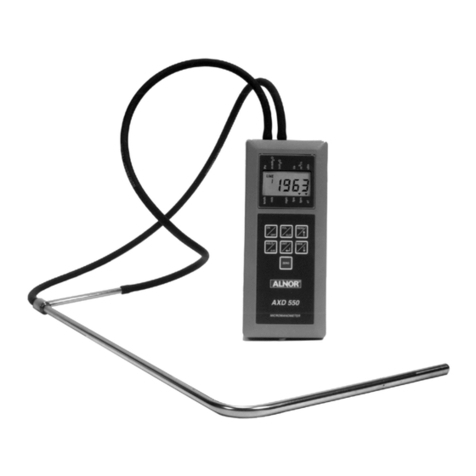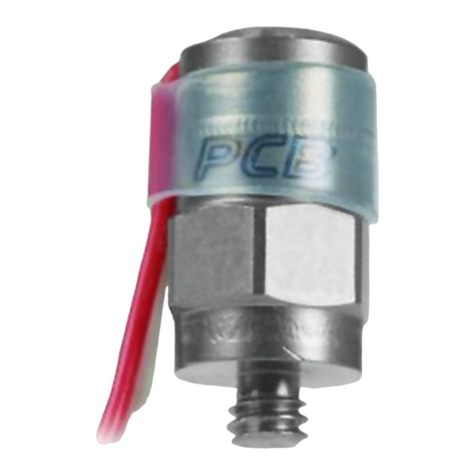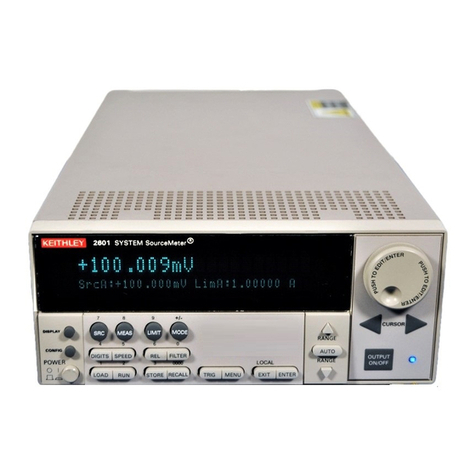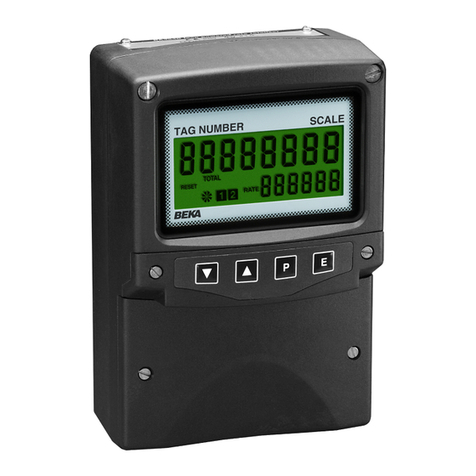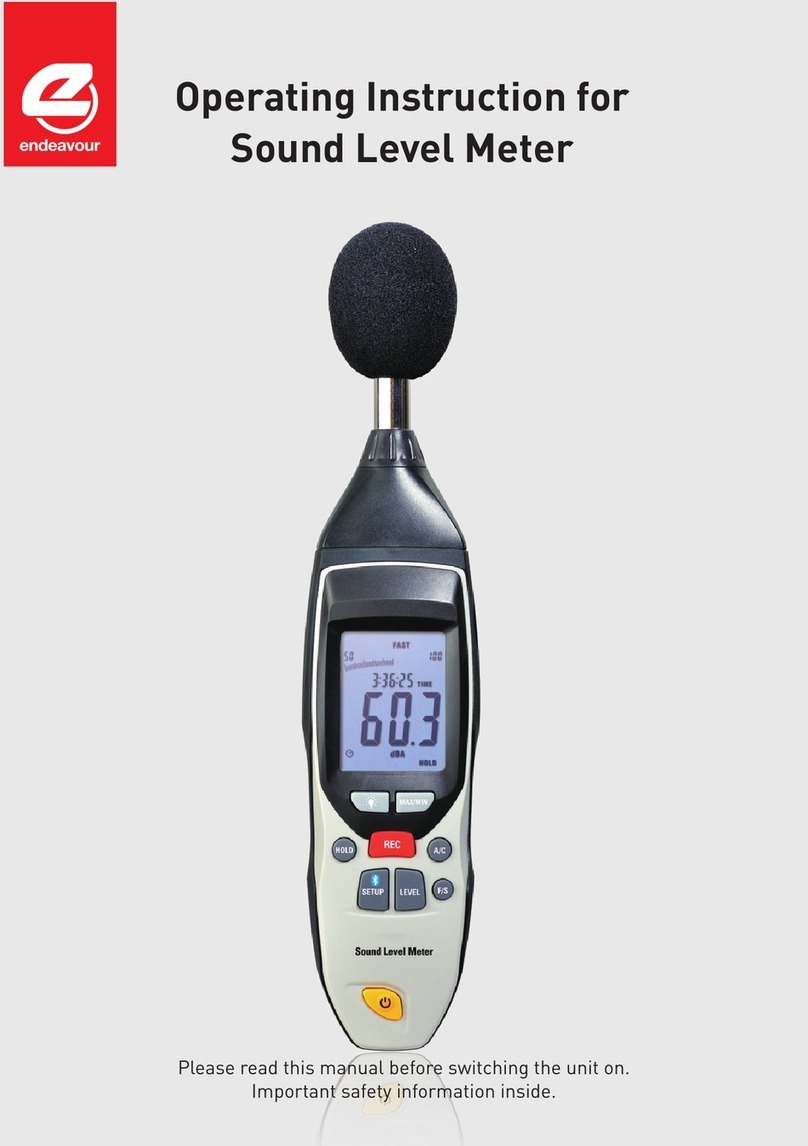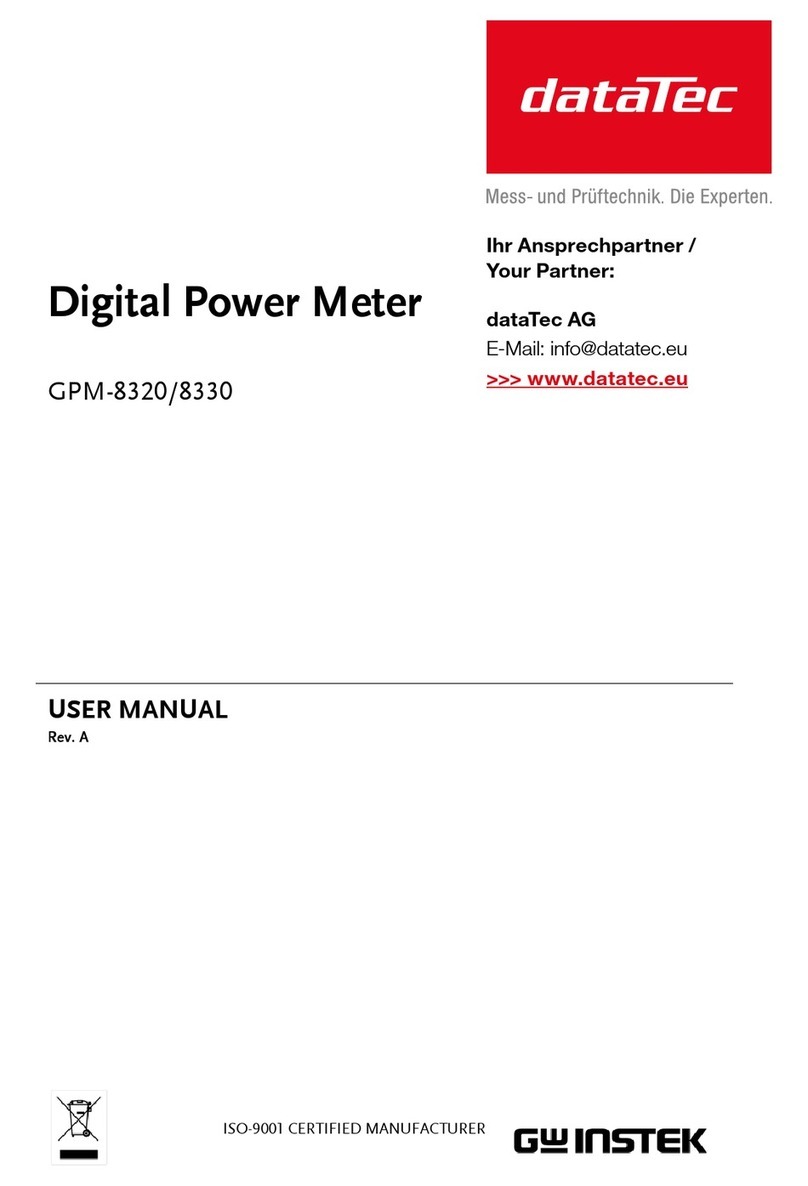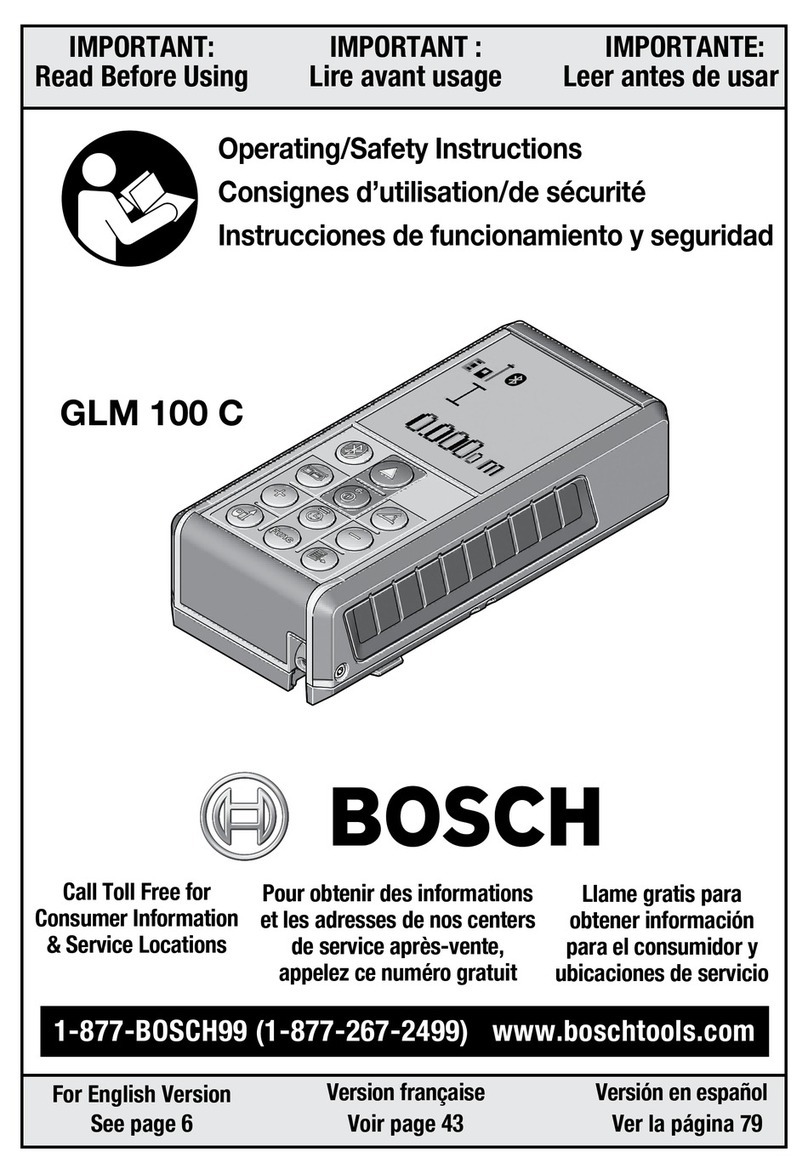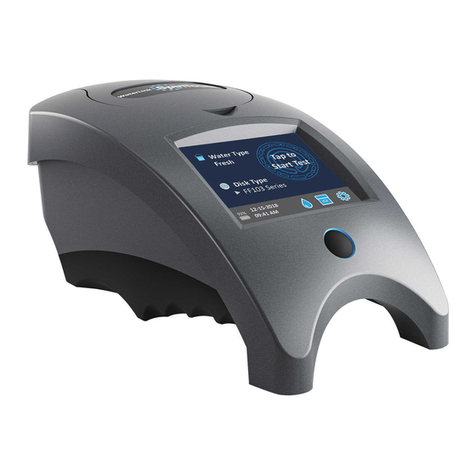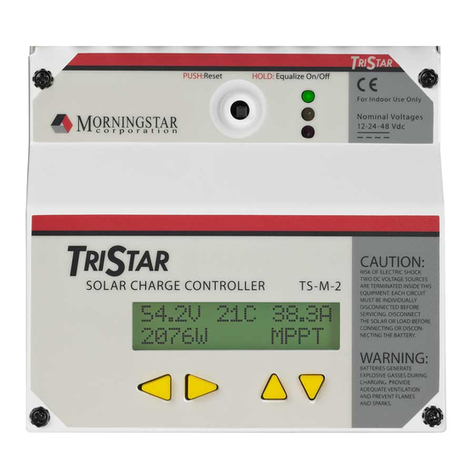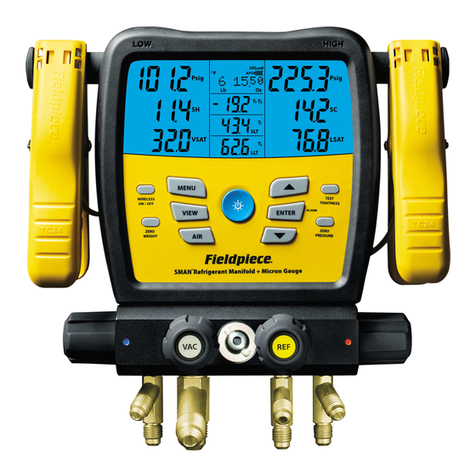
ET9563 ELECTRONIC STETHOSCOPE KIT
Important: please read these instructions carefully. Pay attention to safe operation requirements, warnings, and precautions. Use the
product correctly and pay attention to its use. Failure to do so may result in damage and / or personal injury and void the warranty. Please
store it properly for future use.
1. Safety Instructions
1.1 General Safety Instructions Warning!
1) To ensure health and safety, observe local authorities and
general workshop practices when using this equipment.
2) Be familiar with the application and limitation of the
equipment, as well as the specific potential hazards.
3) Keep the equipment in good condition (use authorized service
agent).
4) Replace or repair damaged parts. Use only genuine parts.
Unauthorized parts can be dangerous and void the warranty.
5) Keep the equipment clean for the best and safest performance.
6) Make sure that cables, probes, and clamps do not touch
moving parts.
7) Do not place cables, probes, or clamps close to high voltage
items - HT wires, spark plugs or ignition coils.
8) Before road testing, make sure that all cables are secure and
disconnected from moving parts.
9) Drivers are not allowed to operate the ET9563 during road
tests.
10) No untrained personnel are allowed to operate the ET9563.
11) Don't let the children play with the ET9563.
12) Do not operate this device when you are tired or affected by
alcohol, drugs, or toxic drugs.
13) When not in use, please cut off the equipment and store it in a
safe, dry and safe place for children.
14) Please remove the battery when it is stored for a long time.
2. Introduction
Super-sensitive stethoscope, suitable for detection of faults in:
!
Engine, Transmission.
!
Cat Intake / Exhaust Manifold.
!
Fuel Injectors, Radiators.
!
Valves, Fuel Tanks.
Kit includes audio probe, headphones, six clip-on microphones and
six-channel microphone selector box. Used by noise, harshness,
and vibration engineers to isolate problem sources. It enables users
to carry out a road test and diagnosis simultaneously.
3. Packing List
Check the content against the list below. If any items are missing or
damaged contact your supplier.
!
Stethoscope
!
Stethoscope probe
!
Headphones
!
Microphone Clamps x 6
!
Control Box
4. Operation
WARNING! Ensure you read, understand, and apply the safety instructionsin section 1.
WARNING! Prolonged exposure to high volumes of noise, or sudden very loud noises can result in permanent hearing loss.
WARNING! Feedback can damage the device; keep microphones away from headphones.
4.1 Stethoscope
1) Install the 9V battery into the battery box of the stethoscope
base.
2) Verify that the stethoscope is off - the red indicator LED (Figure
1.A) is not on.
3) Insert the headphone cable jack into the socket of the
stethoscope base (Figure 1.B).
4) With headphones on, turn on the stethoscope on the rotary
switch (Figure 1.C) - the red LED lights up and slowly increases the
volume to a comfortable level.
4.2 NVH Test
1) Install the 9V battery into the battery box at the bottom of the
control box.
2) Install microphone clamps on or near suspicious items and / or
reference areas as required. Pay attention to cable routing and safety.
Secure the cable with a tie.
3) Insert the clamp cable jack into the slot in the control box (Figure
2. A). Note that the socket is numbered, the selector scale (Figure 2.B)
has the corresponding number, and the color code matches the color
code on the clamp cable, as follows:
1– Blue 3 – Green 5 - Red
2– Yellow
4 – White 6 - Black
5) Place the rubber head (Figure 1.D) on or near the suspicious part.
You can also insert the stethoscope probe into the rubber tip of the
stethoscope, which is useful for detecting noise inside the housing.
Figure 1
Figure 2
- 1 -
